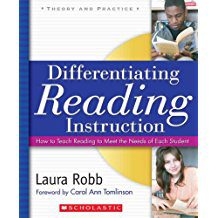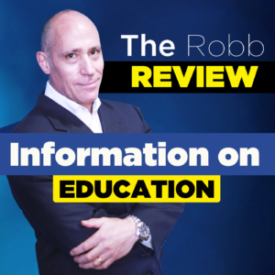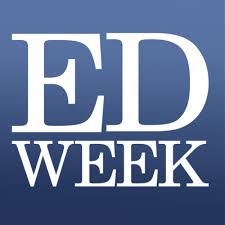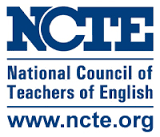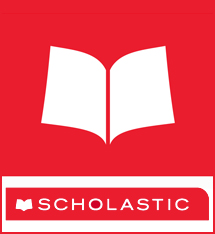Leadership: Show Your Passion For Independent Reading

My personal and professional reading life have sustained my desire to continually learn and to read for pleasure. I value the fact that I can choose what to read, reread passages that speak to me, and talk about books and articles to friends and colleagues. One of my primary goals as a middle school principal is to support the culture of independent reading that is part of my school. This means helping teachers feel comfortable setting aside time for independent reading at school. It also means that I model how much I value reading by enlarging classroom libraries, and making our school library an inviting place with comfortable spaces for students to read. I encourage teachers to share books they’ve loved with students, and I share with teachers books I am presently enjoying. For independent reading to flourish in a school, the entire community needs to rally around it.
Research supports the benefit of Independent reading. The pleasure students experience is obvious when I visit a class and observe independent reading. However, I often wonder if schools are embracing independent reading and making it an integral part of their school’s culture. Through reading, students also enlarge background knowledge and vocabulary. But more important is that students derive pleasure from their reading–pleasure in entering and living life in different worlds and cultures as well as stepping into a character’s life and pretending to be that character.
I believe in research, but I also believe in good, old fashioned common sense. To develop skill and expertise at anything in life, you need to practice. Any sport from golf to basketball, requires purposeful practice, and purposeful practice improves performance. If students want to become better readers, it makes sense for purposeful practice to be part of the improvement equation. A combination of independent reading and well-planned, differentiated instructional reading can improve reading skill. Being an excellent reader and writer are necessary for college and career readiness. In addition, it’s also important to remember that students reading below grade level need to read more than their peers who are proficient and advanced readers.
When students self-select books for independent reading, they have opportunities to “practice” the strategies and skills they’ve rehearsed during instructional reading and apply them to materials on their own. Self-selecting books gives students control of what they read which in turn develops self-confidence, literary taste, and a desire to repeat the enjoyable experience.
I am a champion of independent reading. Are you? Readers of my posts know I believe the principal sets the tone through clearly communicated expectations and words of inspiration. I am sharing five ways a principal can encourage and promote independent reading for all, staff included!
If you are new to a school, do a spot check. Are all staff encouraging independent reading? Is it being communicated to students? Are students reading independently in school?
Communicate the value of reading independently. I have known staff who feel they might get in trouble with administration if students are reading independently.
Invest in classroom libraries and your school library. Where we put our money communicates what we value. If we value books and reading, money from the school budget needs to be spent on enlarging classroom libraries and adding books to schools’ central libraries.
Independent reading is practice and should be enjoyable! I have known staff new to my school who shy away from promoting independent reading because they don’t know how to “hold kids accountable.” In my years as a teacher and principal, I have never met anyone who wants to summarize what they read in a notebook or make a shoebox diorama after completing a book. If your staff are stuck in fixed mindsets of accountability for independent reading, work with them to find more positive solutions such vlogs, blogs, or book talks.
Model independent reading! Teachers who read in front of students send a powerful message to their students: as an adult I place such a high value on reading that I read aloud to you every day. Dennis Schug, Principal of Hampton Bays Middle School, notes at the bottom of his email signature what book he is reading. This sends a strong message about the joy reading brings and that’s it’s important to his life.
As a school leader, department chair, or classroom teacher, what you value, communicate, and prioritize is like a cold, catching. My challenge, and the challenge of every principal, is to make sure students experience independent reading of self-selected books at school and at home!
Laura and I can provide free P.D. for your school- learn more at Robb Communications
Check out more of my blogs! Scholastic
![]()

